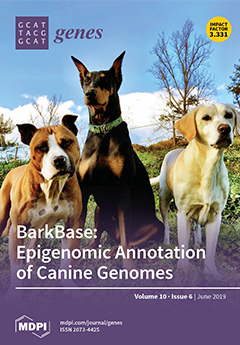Chitinase is a kind of hydrolase with chitin as a substrate and is proposed to play an essential role in plant defense system by functioning against fungal pathogens through degrading chitin. Recent studies indicated chitinase is also involved in abiotic stress response in plants, helping plants to survive in stressful environments.
A. nanus, a rare evergreen broad-leaved shrub distrusted in deserts in Central Asia, exhibits a high level of tolerance to drought and low temperature stresses. To identify the chitinase gene involved in drought and low temperature responses in
A. nanus, we performed genome-wide identification, classification, sequence alignment, and spatio-temporal gene expression analysis of the chitinases in
A. nanus under osmotic and low temperature stress. A total of 32 chitinase genes belonging to glycosyl hydrolase 18 (GH18) and GH19 families were identified from
A. nanus. Class III chitinases appear to be amplified quantitatively in
A. nanus, and their genes carry less introns, indicating their involvement in stress response in
A. nanus. The expression level of the majority of chitinases varied in leaves, stems, and roots, and regulated under environmental stress. Some chitinases, such as
EVM0022783,
EVM0020238, and
EVM0003645, are strongly induced by low temperature and osmotic stress, and the MYC/ICE1 (inducer of CBF expression 1) binding sites in promoter regions may mediate the induction of these chitinases under stress. These chitinases might play key roles in the tolerance to these abiotic stress in
A. nanus and have potential for biotechnological applications. This study provided important data for understanding the biological functions of chitinases in
A. nanus.
Full article






